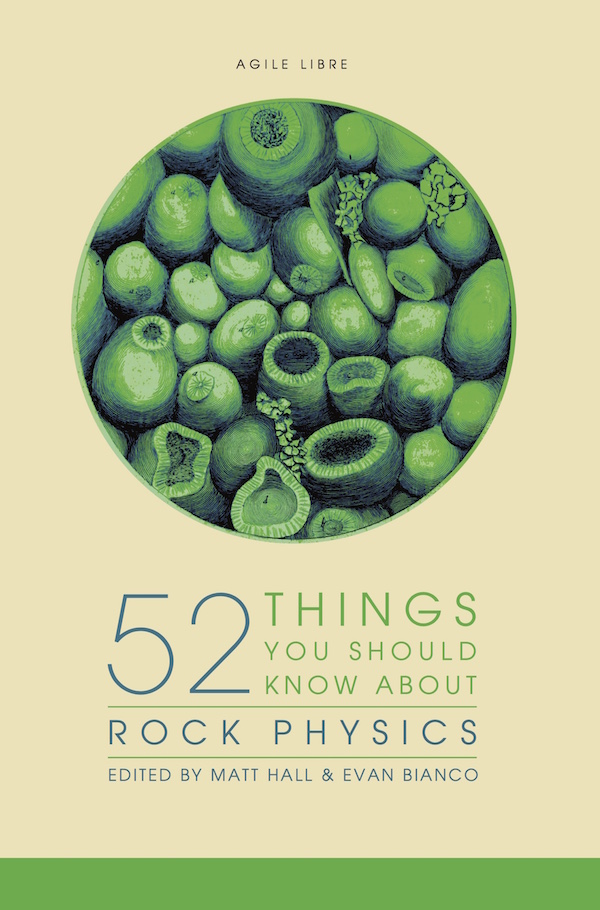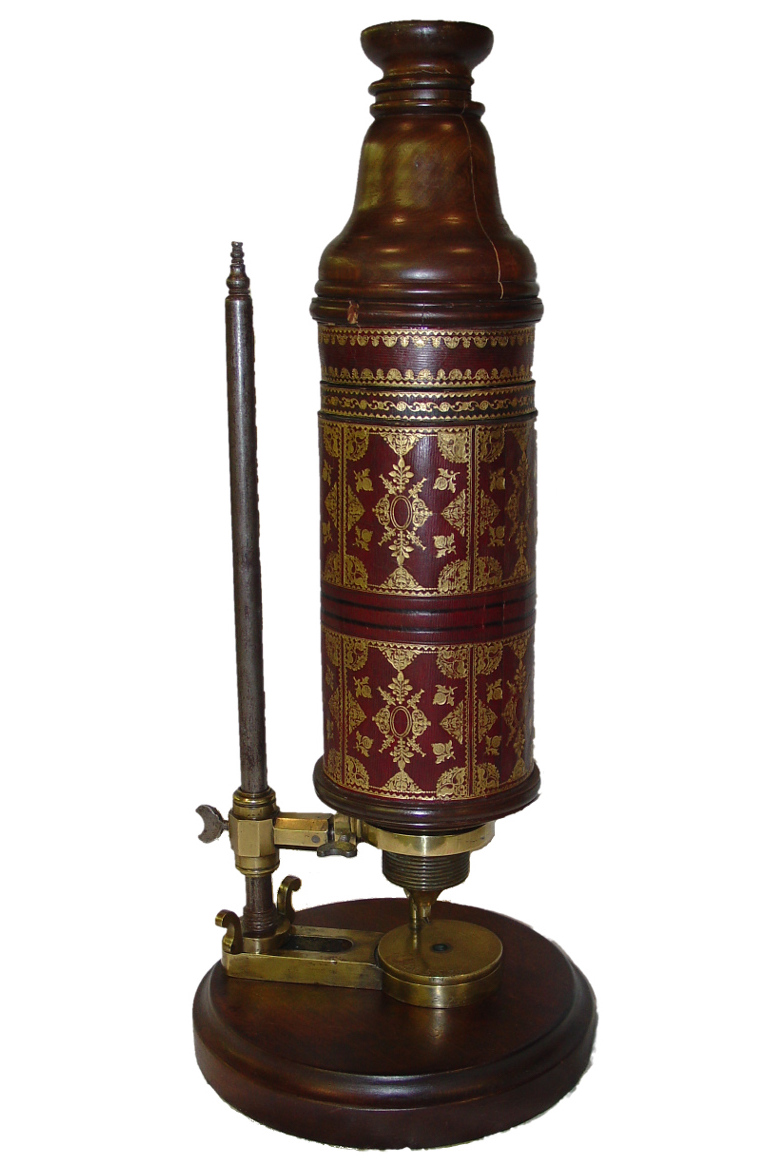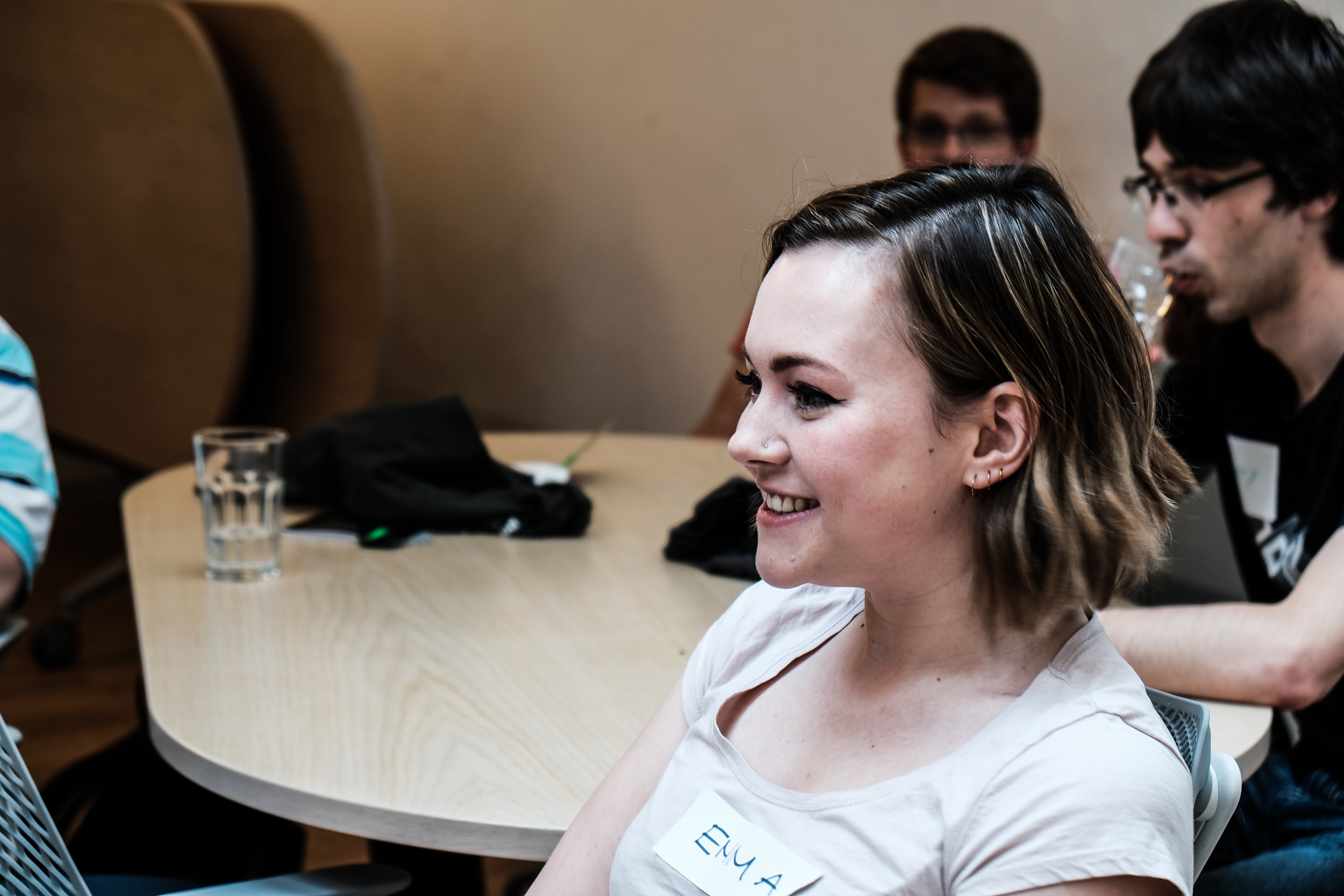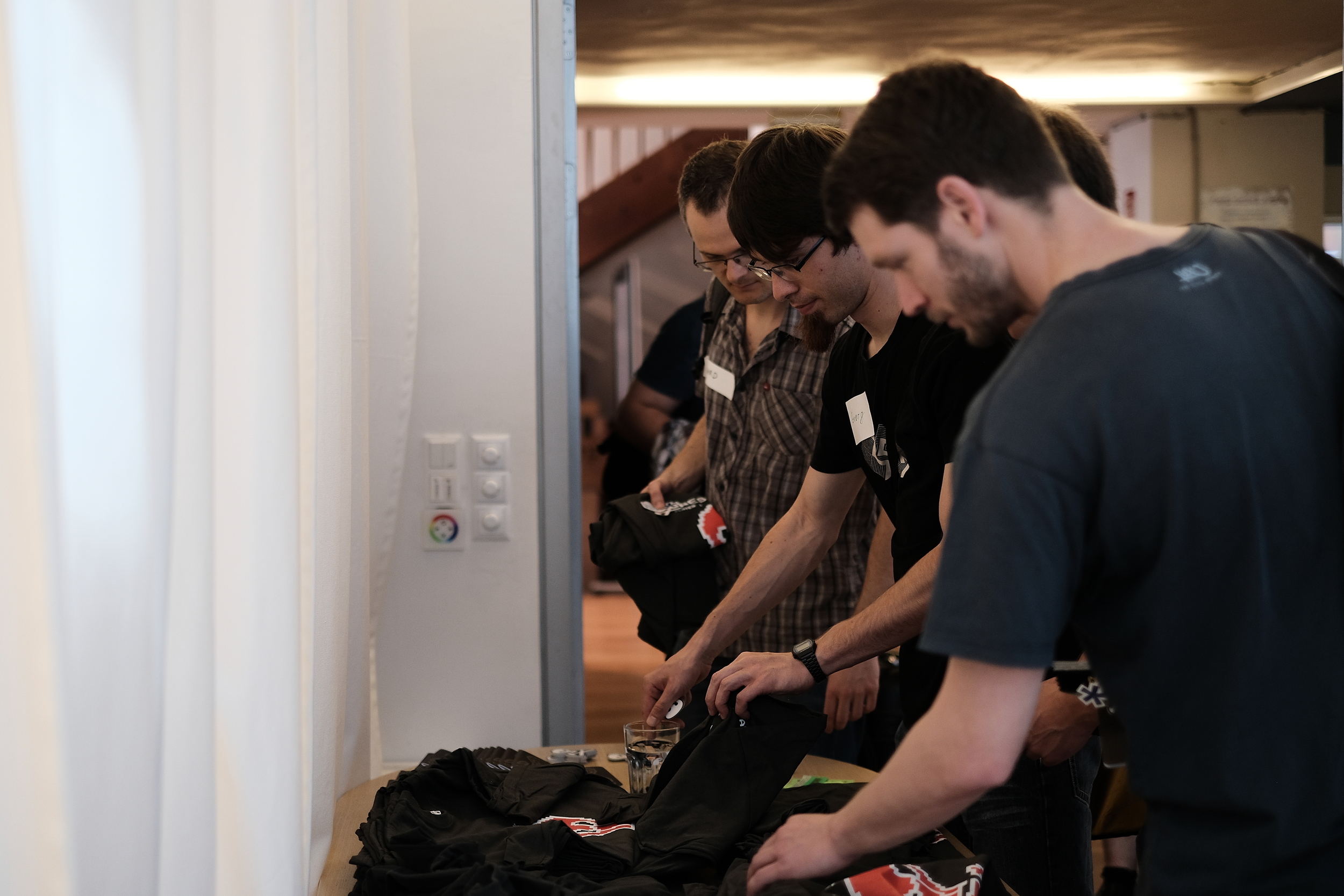2016 retrospective
/As we see out the year — or rather shove it out, slamming the door firmly behind it, then changing the locks and filing a restraining order — we like to glance back over the blog. We remember the posts that we enjoyed writing, and the ones you seemed to enjoy reading, and record them here for posterity.
The most popular
The great thing about writing on the web, compared to print, is that you quickly find out whether it was any good, or useful, or at least slightly interesting. You can't hide from data. Without adjusting for the age of posts (older ones have had longer to garner readers of course), the most popular posts of the last 12 months — from the 47 we have published — were:
- Why Python beats MATLAB for geophysics — a comparison of the two popular languages.
- Working without a job — how I think we can leave this downturn as a stronger profession.
- x lines of Python: synthetic wedge model — the first in a new series of posts on programming.
- Tools for drawing geoscientific figures — the best tools for making awesome illustrations.
None of these posts comes anywhere near the most popular page on the site, k is for wavenumber, which I wrote in 2012 but still gets about 600 pageviews a month, nearly 4% of the traffic on the site. Other perennials include Well tie workflow, What is anisotropy? and What is SEG Y?
If you gauge popularity by real engagement — comments, which are like diamonds to bloggers — then, apart from the pieces I already mentioned, these were the next most commenty posts:
- Open source FWI, I mean geoscience (13 comments) — a report from a workshop at EAGE.
- Helpful horizons (10 comments) — my own favourite post of the year, definitely the most useful.
- Well data woes (10 comments) — my struggles with wrangling well data.
- Copyright and seismic data (9 comments) — probably the post I worked hardest on.
Where is everybody?
We don't collect data about our readers beyond what's reported by your browser to Google Analytics, most of which is pretty esoteric. But it is interesting to see the geographic distribution of our readers. The top dozen cities from the roughly two thirds of sessions — out of about 9000 monthly sessions — that report this information:
- Houston (3,457 users)
- Calgary (2,244)
- London (1,500)
- Perth (723)
- Kuala Lumpur (700)
- Stavanger
- Delhi
- Rio de Janeiro
- Leeds
- Aberdeen
- Jakarta
- New York
Last thing
You rock! I mean it. This blog would be pretty pointless without your eyeballs. We appreciate every visit, however short, and when you share a post with someone... it really makes our day. I love hearing from readers, even about typos. Especially aobut typos. Anyway, the point is: thank you for stopping by, and being part of this global community of geoscientists.
Whatever festival you celebrate this week, have a peaceful time*. And all the best for 2017!
* Well, maybe squeeze in a bit of writing: it's good for you.
Previous Retrospective posts... 2011 retrospective • 2012 retrospective • 2013 retrospective • 2014 retrospective
There was no Retrospective in 2015, I was too discombobulated this time last year :(



















































 Except where noted, this content is licensed
Except where noted, this content is licensed